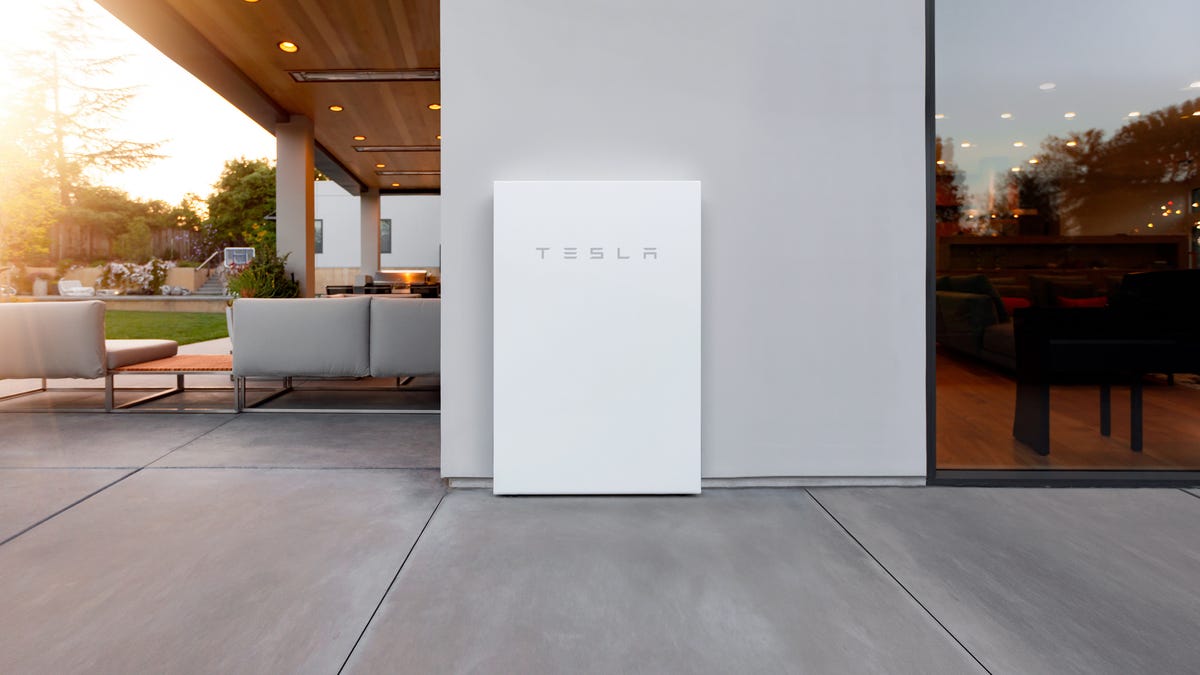
Choosing to add small energy resources, such as solar panels or backup generators, may seem like a good personal decision. But more and more, we’re seeing how homes with such equipment can also help out large electric grids when necessary — with the added benefit that the customers are paid for sharing their power. This week, two virtual power plants involving Tesla Electric customers with Powerwall storage systems received approval from the Public Utility Commission of Texas, and six more may be approved later.
A virtual power plant combines renewable energy sources, mimicking a central power plant by aggregating power and distributing it in a flexible way. As a result, VPPs allow the smallest energy producers — even home users — to provide power to an energy utility’s customers, especially during periods of high usage.
The Texas pilot project, a first for the state, tests how consumer-owned devices, such as battery energy storage systems, backup generators and controllable electric-vehicle chargers, can serve as a resource in the wholesale electricity market, increasing grid reliability.
Can solar panels save you money?
Interested in understanding the impact solar can have on your home? Enter some basic information below, and we’ll instantly provide a free estimate of your energy savings.
“Small energy resources found in homes and businesses across Texas have incredible potential to continue improving grid reliability and resiliency by selling the excess power they generate to the (Electric Reliability Council of Texas) system,” Commissioner Will McAdams said in a statement. “It’s a win-win for Texas. Home and business owners get paid for power they supply and consumers in ERCOT get more reliability.”
The launch is part of the state’s Aggregate Distributed Energy Resource, or ADER, pilot project. The two Tesla Electric customers have Powerwall storage systems in their homes and have agreed to sell their surplus power. One serves Houston-area CenterPoint Energy customers and the other serves Dallas-area customers of Oncor Electric Delivery Company.
“The collaboration achieved the clear goals outlined by the commission and is a model for future projects at the (utility commission),” Commissioner Jimmy Glotfelty said in the statement. “We have a market in (the Electric Reliability Council of Texas) that allows us to innovate and learn through realtime experimentation with real-world impact.”
Texas’ power grid has made headlines for being unable to cope with cold snaps and storms. Millions were left without power in 2021 when record low temperatures brought the grid to the verge of failure, forcing the council to administer rolling blackouts.
Participating in the utility commission’s pilot project is voluntary. There are currently eight ADERs in the program, totaling 7.2 megawatts (one megawatt equals 1 million watts), though only the Dallas and Houston ADERs have completed required testing. The other six have finished initial registration and are proceeding through the commissioning process.
ADERs participating in the pilot project must include power generation devices, such as battery energy storage systems or generators, and may also include demand response devices like smart thermostats, controllable EV chargers and smart water heaters that can be controlled to reduce electricity use.
The ADER responds to specific automated instructions from the Texas grid operator, allowing participating customers to sell their surplus power to the grid when called on, creating additional power for the grid. The average residential battery is about 5 kilowatts. The pilot project is currently capped at 80MW of total participation to ensure a safe and controlled rollout.
The Tesla Powerwall is the second version of the company’s solar battery. The first was introduced in 2015 and is no longer available. The improved Powerwall 2 came out in 2016.
As CNET noted in an earlier story, Vermont utility Green Mountain Power already operates a successful virtual power plant, partnering with Tesla in 2017 to subsidize Powerwall batteries for its customers.
Considering solar? CNET offers guides to the best solar panels, solar batteries and solar companies.
